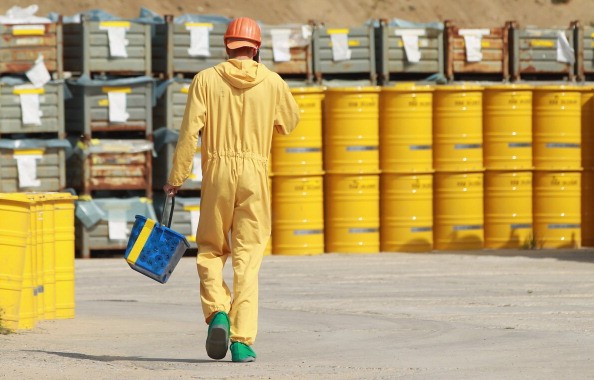A new material was discovered by a group of scientists coming from EPFL and the US that can effectively and efficiently absorb nuclear waste gases that are produced from nuclear-fuel processing plants. It is a nanoporous crystal that can separate Krypton and Xenon (off-gas) safely from the nuclear waste products at a room temperature.
This study was posted in Nature Communication where researchers collaborated to investigate this new kind of material called SBMOF-1. The conventional nuclear waste reduction technology currently used is performed in a very low temperature that are costly and it has a high risk of exploding. According to R&D, the material abbreviated as SBMOF-1 can absorb the nuclear waste at a normal room temperature safely.
Lead scientist and researcher Berend Smit at EPFL, Switzerland and some colleagues from US, identified that this material can be used as an alternative in reducing nuclear waste products. With SBMOF-1's versatile property, it can be rearranged to form a pre-determined crystal forms which can be very useful in some specifically made materials.
This discovery started when Praveen Thallapally, a materials scientist of the Department of Energy's Pacific Northwest National Laboratory included in the study was working on some materials called as metal-organic frameworks or MOF. He identified that this material can possibly trap the elements Krypton and Xenon.
As explained in Eurekalert, MOF have small pores where only a single molecule can fit it. It absorbs gas when it has a higher affinity for the pore than the other gas species. This means that metal-organic frameworks can selectively allow or absorb a molecule to go inside its pores.
Maciej Haranczyk of Lawrence Berkeley National Laboratory who is a part of this study screened several MOFs with their capability in trapping gases. His team developed an approach that can assess the material's ability basing on their computable characteristics. After several screenings, they found the specific kind of MOF that traps most Xenon atoms. It was the SBMOF-1.
During further experiments, they also discovered that with the absence of Xenon elements, the SBMOF-1 absorbs Krypton. The researchers claimed that the SBMOF-1 material is a very stable that it can be used to trap these elements in long term use, a great breakthrough in terms of reducing and recycling nuclear waste products.
Below is a video of nuclear waste disposal.



























